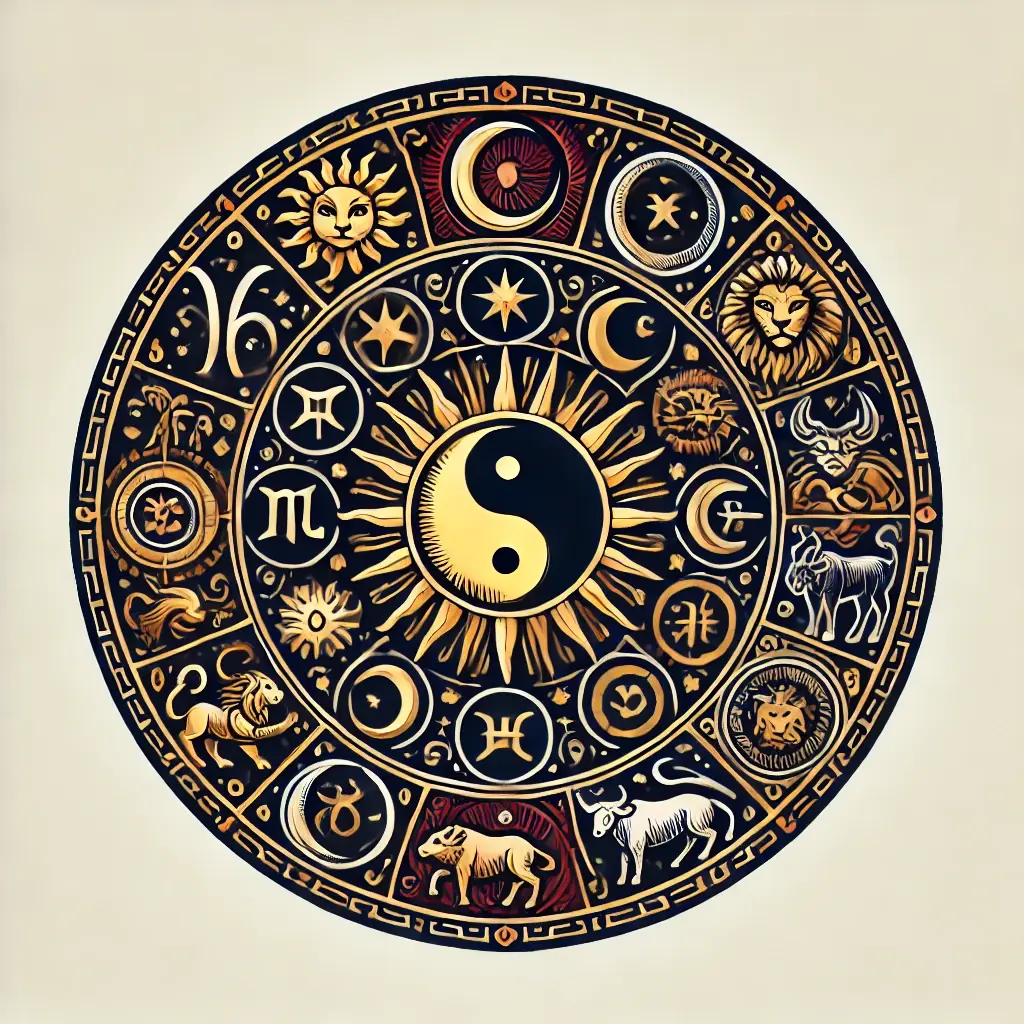
The Ancient Zodiac System
The Ancient Zodiac system represents an intriguing fusion of celestial observation and human cultural evolution. It is believed to predate both the Western Solar Zodiac and the Eastern Lunar Zodiac, suggesting its origins in a time when humanity shared a unified worldview and lived in a singular, concentrated region of the Earth. This ancient system likely incorporated both solar and lunar cycles, reflecting a more comprehensive understanding of celestial movements than what we see in its descendants.
The Western Solar Zodiac, centered on the path of the Sun through the ecliptic, divides the year into twelve signs, each corresponding to a constellation. These signs, such as Aries, Taurus, and Gemini, align with the Sun's position in relation to the Earth's orbit. In contrast, the Eastern Lunar Zodiac is tied to the cycles of the Moon and revolves around a twelve-year cycle, each year associated with an animal, like the Rat, Ox, or Tiger. This duality—one based on the year-long solar journey and the other on the shorter lunar phases—hints at a divergence from a more unified system.
The Ancient Zodiac system likely blended these two perspectives. Early humans, closely attuned to the skies, might have observed both the Sun’s yearly journey and the Moon’s monthly phases, creating a zodiac that honored both cycles. This holistic approach would have been practical, serving agricultural, navigational, and spiritual needs. Over time, as human populations migrated and adapted to different environments, this unified system fragmented, giving rise to the distinct Solar and Lunar Zodiacs we know today.
Evidence of such an ancient zodiac can be found in the shared elements and symbols between the two systems. Both feature twelve divisions, suggesting a common origin. Moreover, ancient structures like Stonehenge and the Pyramids of Egypt reflect sophisticated astronomical knowledge, hinting that early civilizations might have utilized a comprehensive zodiac system.
As people moved across the globe, regional priorities and cultural influences reshaped this ancient system. The Western world, influenced by Greek and Roman civilizations, emphasized the solar cycle, aligning it with seasonal changes. Meanwhile, Eastern societies, particularly in China, developed the Lunar Zodiac, integrating it with their calendar and philosophy.
The Ancient Zodiac system serves as a fascinating reminder of humanity’s shared past. It highlights how our ancestors sought to understand their place in the universe by observing the heavens, a pursuit that ultimately shaped diverse yet interconnected traditions. Today, exploring the origins of this system deepens our appreciation of the intricate relationship between culture, astronomy, and human migration.